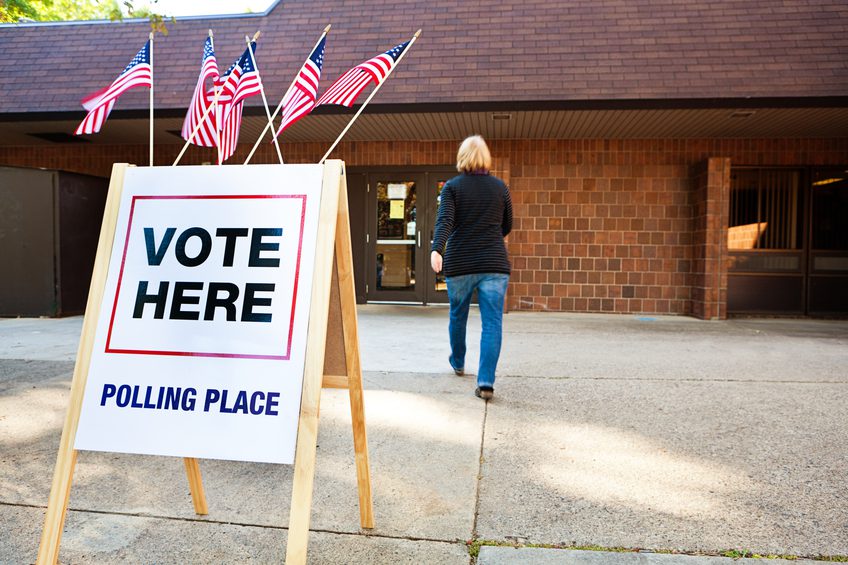On August 4th at the CampaignTech Chicago conference, I had the pleasure of speaking on a panel discussion titled, Ideas & IPAs: Messaging to Match Your Target. The panel focused on how to formulate a smart targeting plan this election cycle that allows campaigns and organizations to do more with its data in order to most accurately target voters.
Several key topics came out of our discussion:
- There are limitations to using the voter file for digital media – match rates in bringing the files online are low and voter files capture data at the household level, not the individual level.
- Using only demographics to target voters equates to wasted dollars – you can’t guarantee you’re hitting the voters you want to reach based on that information alone.
- Allocating budgets for creative designed specifically for digital should be the norm – all the data in the world can’t help you if you aren’t designing creative to match your audiences.
Throughout the conversation I focused on the importance of campaigns and organizations having access to rich data that is constantly refreshed this election cycle. Because we at Resonate are surveying 250,000 people a year and running the models nightly on online Americans we can ensure that we’re keeping the data as fresh and accurate as possible so that campaigns are reaching the right voters at the right time.
Specific points I brought up during the panel included:
- When you’re pulling offline data and putting it online, you are only matching 30% of that data online on average. Not to mention, you are also losing refreshability and accuracy in that data. Most polling data is a snapshot in time whereas our data is refreshed daily and can be activated immediately.
- You have to target voters based on the issues and values that motivate them. This requires extensive surveying and research to produce high quality data and modeling.
- It is one thing to do the research and modeling and bring it online. But then how do you activate against it? The key to every campaign this election cycle is having the ability to turn on a dime and shift strategies as the landscape shifts. Campaigns need the infrastructure in place in order to handle those shifts and still accurately target voters based on the issues that matter most to them.
- We constantly talk about “Big Data” but really it’s little data that is important this election cycle. It’s crucial to have readily available analytics for finding the small nuggets of data in this huge landfill of data that can inform both your online and offline creative and targeting strategies.
One key that gets overlooked is creative development. It’s a reality that campaigns are not going to cut their television media budgets in favor of digital media (still set to be around 80% of overall campaign budgets this election cycle). However, one thing we are starting to see in the market is that campaigns are starting to shift budgets to move some over to digital-specific content. TV spots are developed to target the masses and more than ever it’s important to also have niche content that speaks to specific groups of voters based on their values, motivations and beliefs. Campaigns are starting to see the benefits in balancing between getting creative produced quickly while also having multiple creative concepts available in order to speak to various niche targets. That can’t be overlooked as candidates work to reach more specific groups of voters this cycle.
Lewis Muller is Director of Client Strategy, Politics and Advocacy at Resonate



